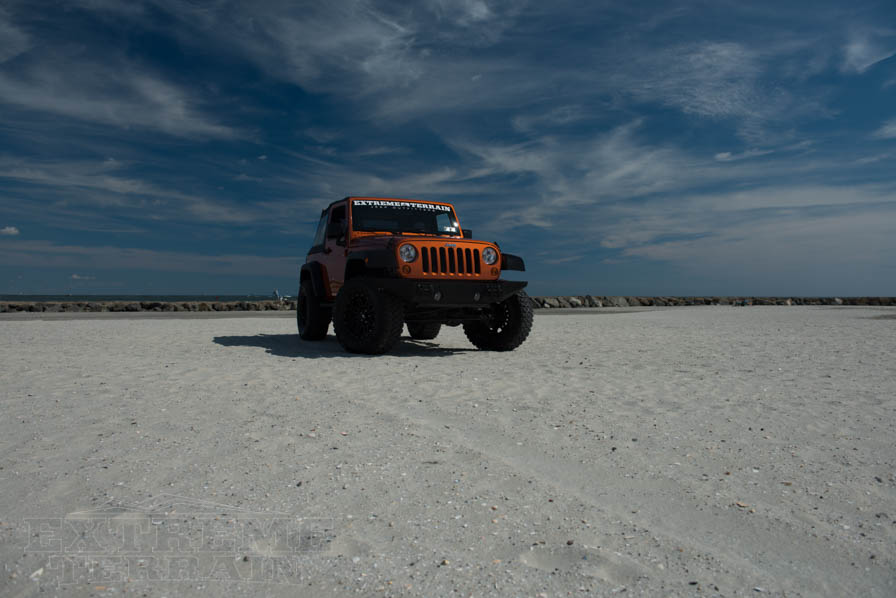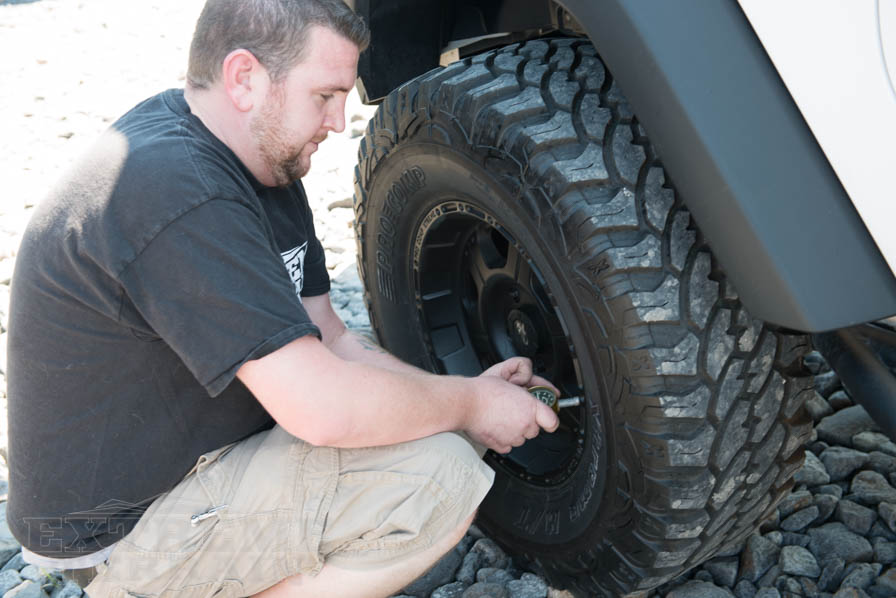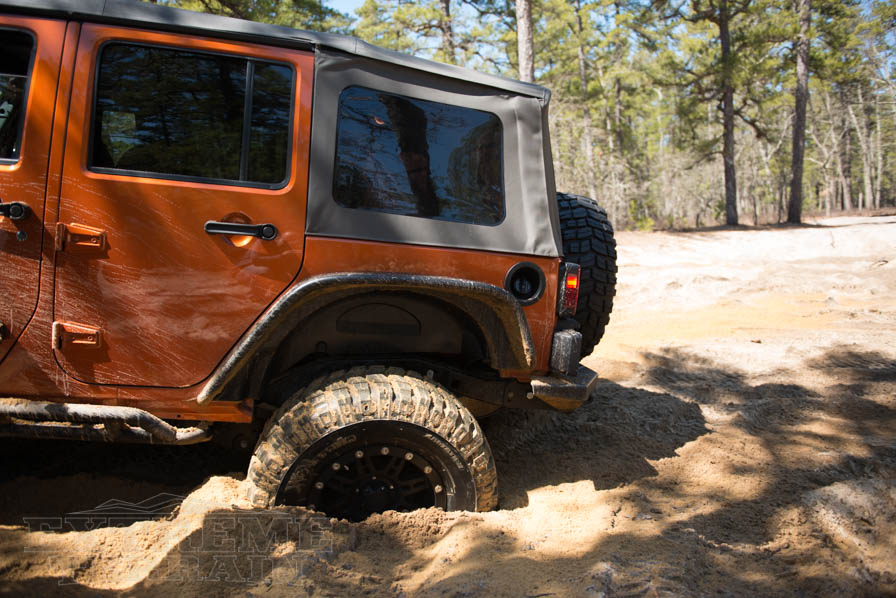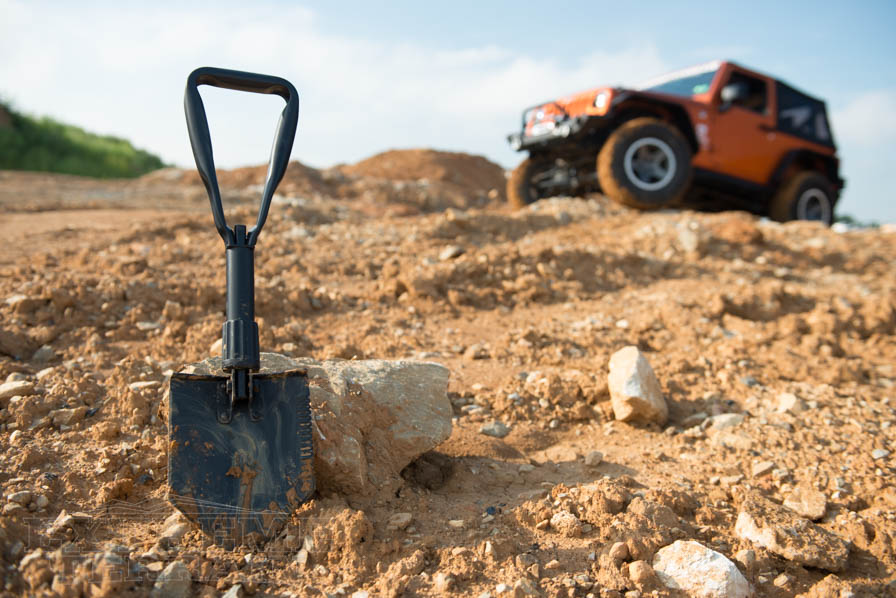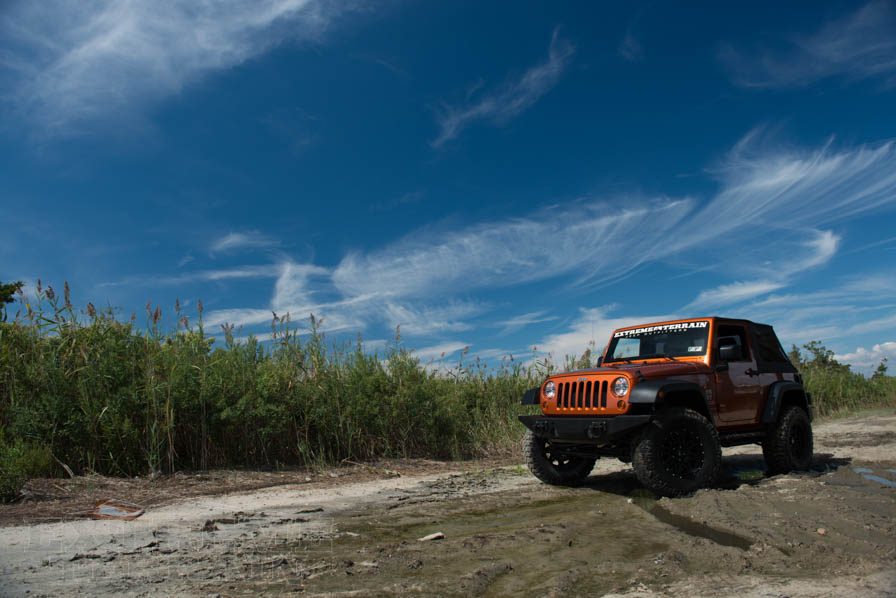CHRYSLER, JEEP, JEEP WRANGLER, WRANGLER UNLIMITED, RUBICON, WRANGLER JK, WRANGLER TJ, WRANGLER YJ, CJ7, CHEROKEE, GRAND CHEROKEE, RENEGADE, LAREDO, SRT, SRT8, TRACKHAWK LATITUDE, LIMITED, SPORT, TRAILHAWK, 75TH ANNIVERSARY, DAWN OF JUSTICE, ALTITUDE, HIGH ALTITUDE, UPLAND, 80TH ANNIVERSARY, ISLANDER, JEEPSTER AND RED ARE REGISTERED TRADEMARKS OF CHRYSLER GROUP LLC. TACOMA, TACOMA SR, TACOMA SR-5, TOYOTA RACING DEVELOPMENT (TRD), TACOMA LIMITED, TUNDRA, TUNDRA SR, TUNDRA SR-5, TUNDRA TRD PRO, TUNDRA LIMITED, 4RUNNER, 4RUNNER SR-5, 4RUNNER LIMITED, 4RUNNER NIGHTSHADE, AND 4RUNNER TRD OFFROAD ARE REGISTERED TRADEMARKS OF TOYOTA MOTOR CORPORATION. FORD, BRONCO, BRONCO SPORT, BADLANDS, BIG BEND, BLACK DIAMOND, OUTER BANKS, WILDTRAK, AND ECOBOOST ARE REGISTERED TRADEMARKS OF THE FORD MOTOR COMPANY. COLORADO, Z71, ZR2, TRAIL BOSS, DURAMAX AND CHEVROLET ARE REGISTERED TRADEMARKS OF GENERAL MOTORS COMPANY (GM). FRONTIER, TITAN, NISMO, PRO-4X, PRO-X, AND PLATINUM RESERVE ARE REGISTERED TRADEMARKS OF THE NISSAN MOTOR CORPORATION. EXTREMETERRAIN HAS NO AFFILIATION WITH CHRYSLER GROUP LLC., TOYOTA MOTOR CORPORATION, NISSAN MOTOR CORPORATION, GENERAL MOTORS OR FORD MOTOR COMPANY. THROUGHOUT OUR WEBSITE AND CATALOGS THESE TERMS ARE USED FOR IDENTIFICATION PURPOSES ONLY. EXTREMETERRAIN PROVIDES JEEP, TOYOTA, NISSAN AND FORD ENTHUSIASTS WITH THE OPPORTUNITY TO BUY THE BEST JEEP WRANGLER, TOYOTA, NISSAN AND FORD BRONCO PARTS AT ONE TRUSTWORTHY LOCATION.
2003-2024 ExtremeTerrain.com. All Rights Reserved
Sitemap
|
Privacy Policy
|
Your Privacy Choices
|
Mobile Site


